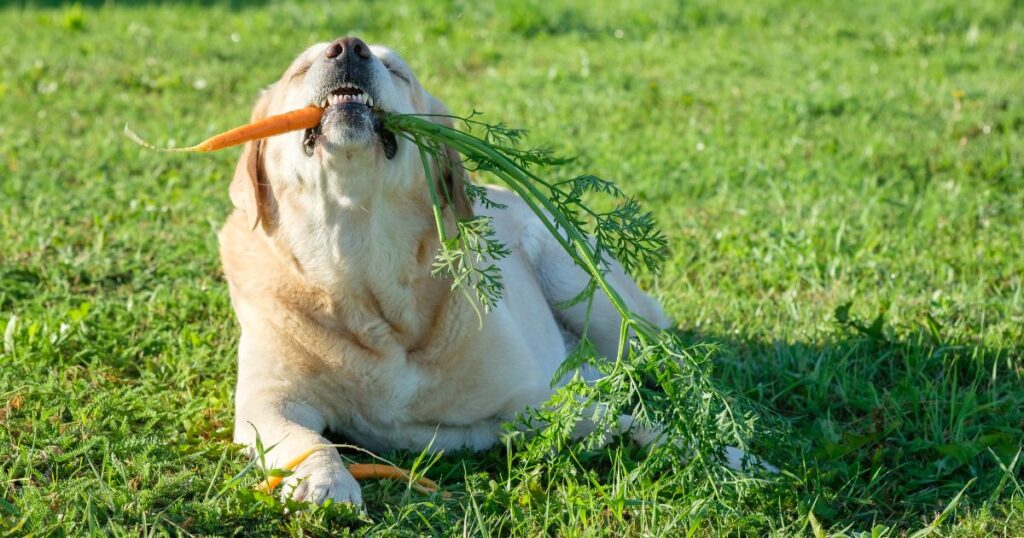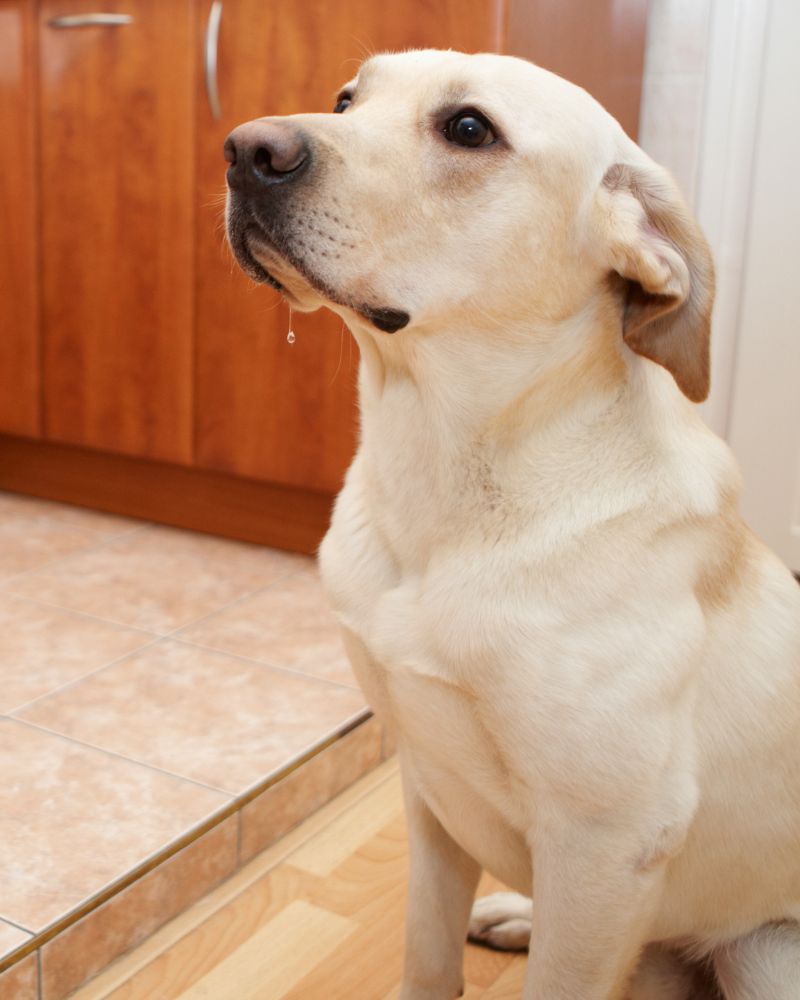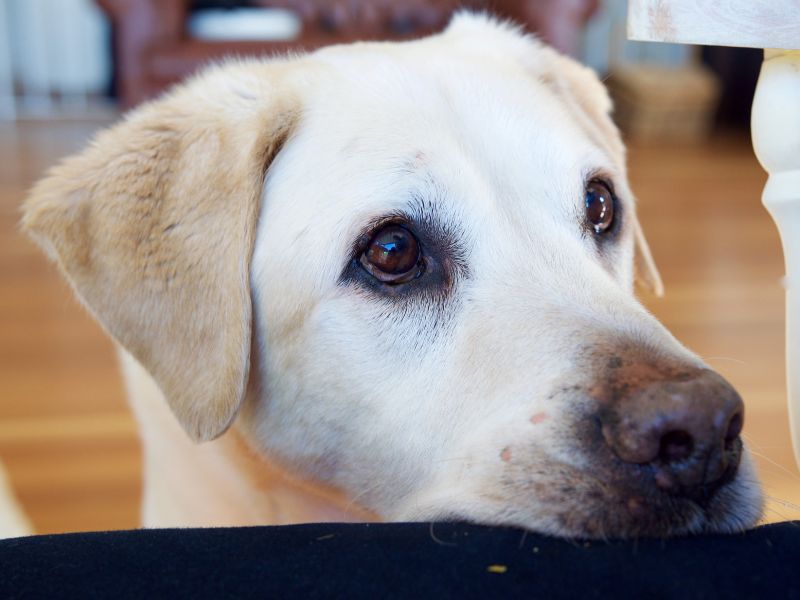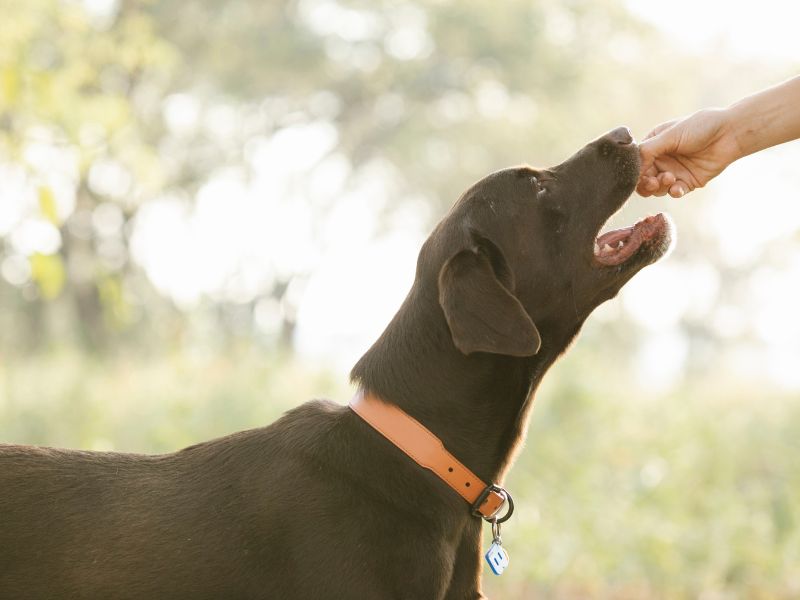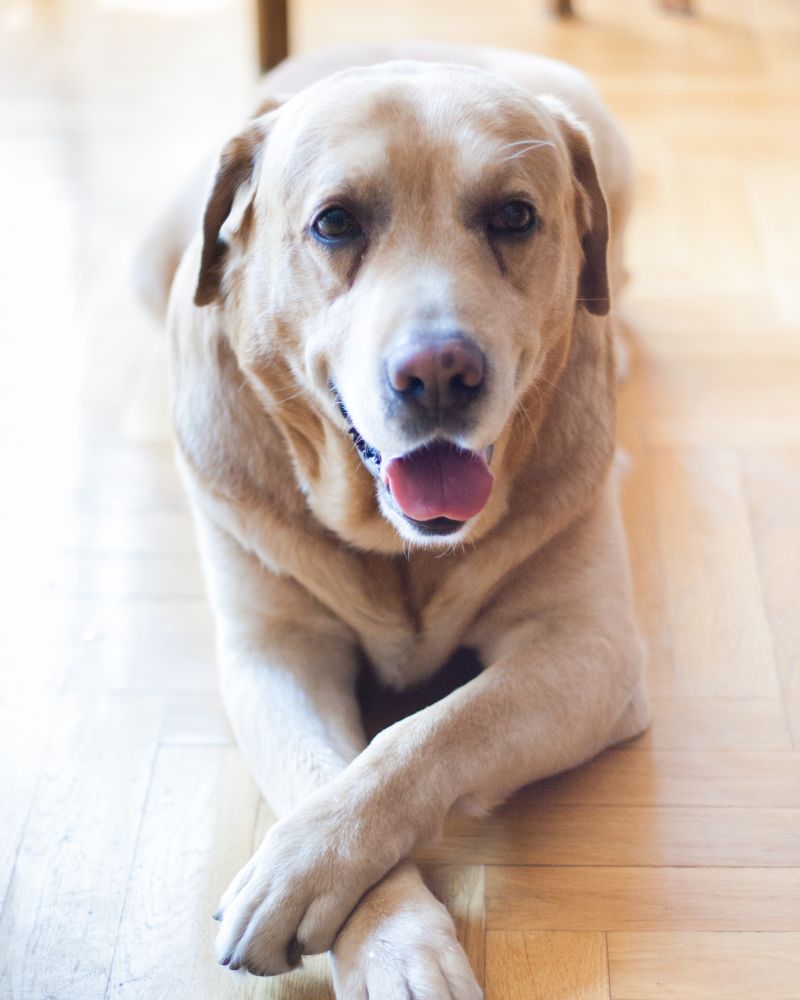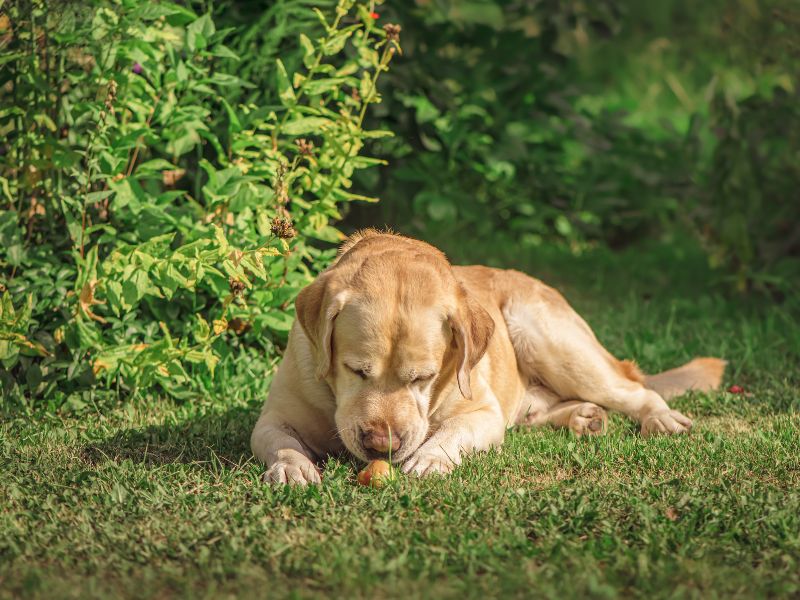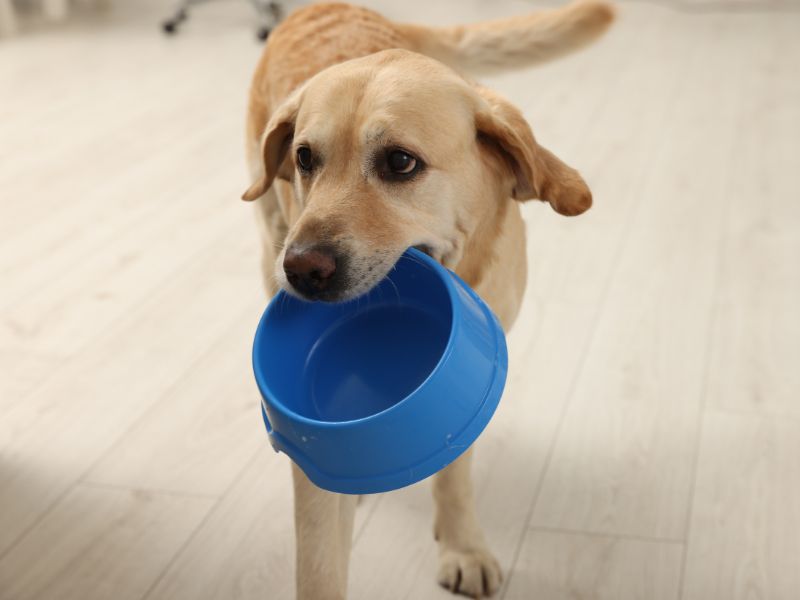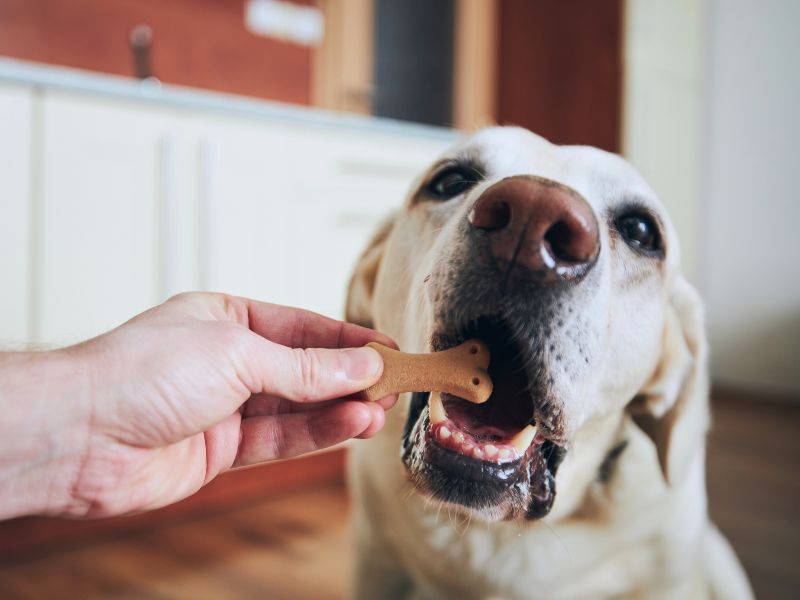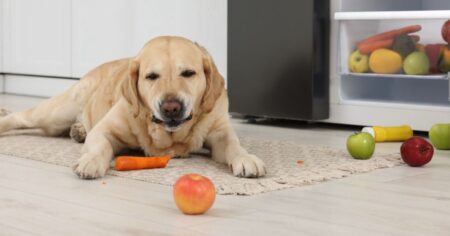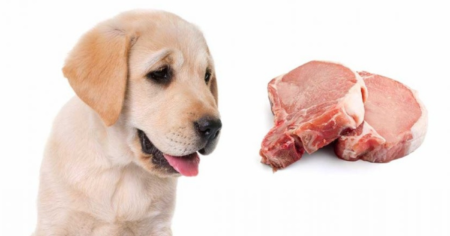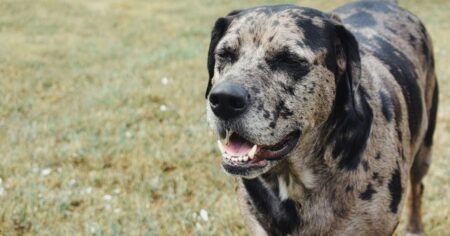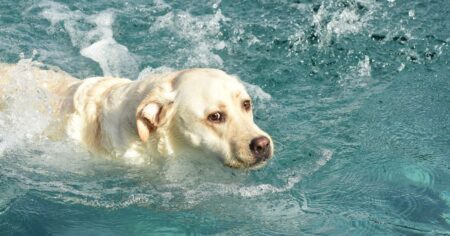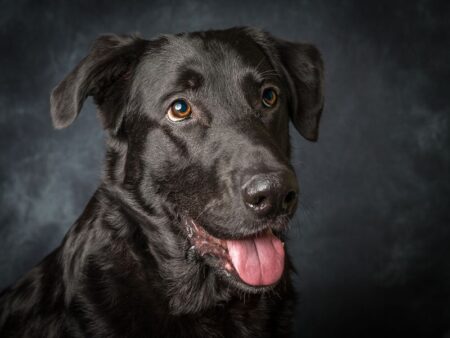Many dog owners have wondered what human foods are safe for their furry friends to eat. While some human foods can be harmful to dogs, many are perfectly safe and even healthy in moderation. “Can Dogs Eat This” is a comprehensive guide that provides dog owners with valuable information about what human foods are safe for their pets to consume.
The guide covers a wide range of human foods, including fruits, vegetables, meats, and grains. It also provides information about the nutritional benefits of each food and how to prepare it for your dog. Whether you’re looking for a healthy snack to give your pup or want to incorporate more human foods into their diet, “Can Dogs Eat This” has got you covered.
With the help of “Can Dogs Eat This,” dog owners can make informed decisions about what to feed their pets. By understanding which human foods are safe and healthy for their furry friends, they can provide them with a varied and nutritious diet. So next time you’re wondering if your dog can eat that piece of cheese or carrot, consult “Can Dogs Eat This” for expert advice.
To Share Or Not To Share
Dogs are known to be scavengers and can digest a wide range of food. However, not all human food is safe for dogs to eat. Some foods can cause digestive problems, while others can be toxic and even fatal. Therefore, it is important to know which foods are safe to share with your furry friend and which ones to avoid.
Safe Foods
There are many human foods that dogs can safely eat. Some of these foods include:
- Carrots: Carrots are low in calories and high in fiber, making them a healthy snack for dogs. They are also a good source of vitamin A, which is important for vision and immune function.
- Blueberries: Blueberries are a good source of antioxidants, which can help protect against cancer and other diseases. They are also low in calories and high in fiber.
- Salmon: Salmon is a good source of protein and omega-3 fatty acids, which can help improve skin and coat health. However, it is important to make sure the salmon is cooked and boneless.
Foods To Avoid
While there are many safe foods that dogs can eat, there are also many foods that are toxic and can be harmful. Some of these foods include:
- Chocolate: Chocolate contains theobromine, which can be toxic to dogs. The darker the chocolate, the more theobromine it contains, so it is important to keep all chocolate away from dogs.
- Grapes and raisins: Grapes and raisins can cause kidney failure in dogs. Even small amounts can be toxic, so it is important to keep all grapes and raisins away from dogs.
- Onions and garlic: Onions and garlic contain compounds that can damage dogs’ red blood cells and cause anemia. Even small amounts can be toxic, so it is important to keep all onions and garlic away from dogs.
In conclusion, while dogs can eat a wide range of food, it is important to know which foods are safe to share and which ones to avoid. By following these guidelines and feeding your dog a balanced diet, you can help ensure that your furry friend stays happy and healthy.
How Much Can I Share?
As a dog owner, it’s natural to want to share your food with your furry friend from time to time. However, it’s important to remember that not all human foods are safe for dogs to eat. In fact, some can be downright dangerous.
When it comes to sharing human food with your dog, moderation is key. While some human foods are safe for dogs to eat in small amounts, others should be avoided altogether. It’s also important to keep in mind that a dog’s nutritional needs are different from a human’s, so human food should never be a substitute for a balanced and complete dog food diet.
To help you determine how much human food you can share with your dog, here are some general guidelines:
- Stick to small amounts: Even if a particular human food is safe for dogs to eat, it’s still important to keep portions small. Too much of any food can upset a dog’s stomach and potentially lead to more serious health issues.
- Avoid certain foods altogether: Some human foods should never be fed to dogs, no matter how small the portion. These include chocolate, grapes and raisins, onions and garlic, avocado, and anything containing xylitol.
- Consider your dog’s individual needs: Just like people, every dog is different and may have unique nutritional needs. If your dog has any health issues or dietary restrictions, be sure to talk to your veterinarian before sharing any human food.
By following these guidelines and using common sense, you can safely share some of your favorite human foods with your furry friend. Just remember to keep portions small and always prioritize your dog’s health and well-being.
Foods That Can Harm Dogs
While dogs may seem to enjoy eating anything and everything, some human foods can be harmful to them. Here are some foods that dog owners should avoid giving their pets:
Chocolate
Chocolate contains theobromine, which is toxic to dogs. The darker the chocolate, the more dangerous it is for dogs. Symptoms of chocolate poisoning in dogs include vomiting, diarrhea, hyperactivity, tremors, seizures, and even death in severe cases.
Peanut Butter
While peanut butter is not toxic to dogs, some brands of peanut butter contain xylitol, an artificial sweetener that can be deadly for dogs. Xylitol can cause a rapid insulin release, leading to hypoglycemia (low blood sugar), seizures, liver failure, and even death.
Raisins
Raisins and grapes can cause kidney failure in dogs. Symptoms of grape or raisin poisoning in dogs include vomiting, diarrhea, lethargy, abdominal pain, and decreased urination. Even small amounts of grapes or raisins can be toxic to dogs.
Pecans And Walnuts
Pecans and walnuts can cause gastric intestinal upset or even an obstruction in dogs. Nuts are high in fat and can cause pancreatitis in dogs, which is a serious and potentially life-threatening condition.
It is important to note that this is not an exhaustive list of foods that can harm dogs. Dog owners should always consult with their veterinarian before giving their pets any human food.
Foods That Are Unhealthy For Dogs
While there are many human foods that dogs can eat, there are also some that are unhealthy and even dangerous for them. Here are some foods that you should avoid giving to your furry friend:
- Chocolate: Chocolate contains theobromine, which is toxic to dogs. It can cause vomiting, diarrhea, seizures, and even death in severe cases.
- Grapes and Raisins: Grapes and raisins can cause kidney failure in dogs. Even a small amount can be toxic and lead to vomiting, diarrhea, and lethargy.
- Onions and Garlic: Onions and garlic contain compounds that can damage red blood cells in dogs, leading to anemia. Symptoms may include weakness, vomiting, and breathing difficulties.
- Avocado: Avocado contains persin, which can cause vomiting and diarrhea in dogs. The pit can also pose a choking hazard.
- Alcohol: Alcohol can be toxic to dogs and cause vomiting, diarrhea, difficulty breathing, and even coma or death.
- Coffee and Tea: Caffeine can be harmful to dogs and cause restlessness, rapid breathing, heart palpitations, and muscle tremors.
It’s important to note that this is not an exhaustive list, and there may be other foods that are unhealthy for dogs. If you’re ever unsure about whether or not a food is safe for your dog to eat, it’s best to err on the side of caution and avoid giving it to them.
Your usage limit has been exceeded. Please buy a plan or credit pack to get more credits 😄
Get Pippa’s Training Tips!
Pippa Mattinson is a renowned dog trainer with over 40 years of experience working with dogs. She has shared her expertise on her website, The Happy Puppy Site. Pippa’s dog training tips cover a wide range of useful topics, from specifics like heel work and recall, to general tips on getting your dog’s attention, avoiding mistakes, motivating yourself and your dog, and setting yourself up to succeed.
One of the most challenging aspects of dog ownership is training. Every dog is unique and requires a different approach. Pippa’s training tips are easy to follow and practical. She shares her knowledge on how to improve dog behavior, training skills, and dog training tricks. Her website is a growing collection of dog training lessons, which can be accessed for free.
Training a dog takes time, patience, and consistency. Pippa’s tips are designed to help dog owners achieve success in training their furry friends. Her training tips are not only effective but also fun to implement. She believes that a well-trained dog is a happy dog and a joy to have as a member of your family.
In conclusion, Pippa’s training tips are a valuable resource for any dog owner looking to train their furry friend. Her website is a great place to start for those who are new to dog training or those who want to improve their training skills. With Pippa’s tips, dog owners can achieve success in training their dogs and build a stronger bond with them.
Foods That Are Safe To Share With Your Dog
Dogs are often considered a member of the family, so it’s not uncommon for pet owners to want to share their food with their furry friends. While some human foods can be harmful to dogs, there are many foods that are safe for them to eat in moderation.
Fruits
Many fruits are safe for dogs to eat and can even provide them with some health benefits. Apples, bananas, blueberries, and strawberries are all great options. However, it’s important to remove any seeds or pits, as they can be a choking hazard or contain harmful toxins.
Vegetables
Vegetables are another great option for dogs. Carrots, green beans, and sweet potatoes are all safe and can even help with digestion. However, it’s important to avoid feeding them onions, garlic, and mushrooms as they can be toxic to dogs.
Protein
Protein is an essential part of a dog’s diet, and there are many human foods that can provide them with this nutrient. Cooked chicken, beef, and fish are all safe options. However, it’s important to avoid feeding them raw meat or fish, as they can contain harmful bacteria.
Dairy
While some dogs are lactose intolerant, many can safely consume small amounts of dairy. Plain yogurt and cheese can be great sources of protein and calcium. However, it’s important to avoid giving them anything with added sugars or flavorings.
Overall, it’s important to remember that human food should only be given to dogs in moderation and as a supplement to their regular diet. If you’re unsure about whether a particular food is safe for your dog, it’s always best to consult with a veterinarian.
How To Stop Your Dog Begging In Three Easy Steps
Dogs have a natural tendency to beg for food, but it’s important to teach them not to beg at the table. Begging can lead to obesity, digestive problems, and other health issues. Here are three easy steps to stop your dog from begging:
- Train your dog to “go to their spot” or “lie down” on command. This will give your dog a specific place to go when you’re eating, and help them learn that begging is not allowed. You can use treats to reward your dog for going to their spot, and gradually increase the amount of time they spend there.
- Feed your dog before you eat. If your dog is not hungry, they are less likely to beg for food. Make sure your dog has plenty of water, and give them a nutritious meal before you sit down to eat.
- Ignore your dog when they beg. If your dog is begging for food, do not give them any attention or food. This will reinforce the behavior, and make it more difficult to stop in the future. Instead, wait until your dog is calm and relaxed before giving them attention or treats.
By following these three easy steps, you can teach your dog not to beg at the table and enjoy mealtime without any interruptions. Remember to be patient and consistent with your training, and always reward positive behavior.
Treats Used In Training
When training a dog, treats can be a great tool to reinforce positive behavior. However, not all treats are created equal, and some may be harmful to your furry friend.
To ensure that your dog stays healthy while still receiving positive reinforcement during training, it’s important to choose treats that are both tasty and nutritious. Soft and stinky treats are great for training because they are easy and quick for the dog to eat. Some examples of soft treats include Gerber baby food and Redbarn Rolled Dog Food.
When choosing treats, it’s important to consider the ingredients. Treats made with high-quality ingredients, such as real meat and vegetables, are typically healthier for your dog. Additionally, it’s important to avoid treats that contain fillers, artificial preservatives, and added sugars.
Some of the best treats for training include Pet Botanics Training Rewards, 360 Pet Nutrition Freeze-Dried Beef Liver, and Zuke’s Mini Naturals. These treats are low in calories and high in protein, making them a great option for training sessions.
Overall, when choosing treats for training, it’s important to prioritize your dog’s health and well-being. By selecting high-quality treats and avoiding harmful ingredients, you can help your furry friend stay healthy and happy while still training effectively.

